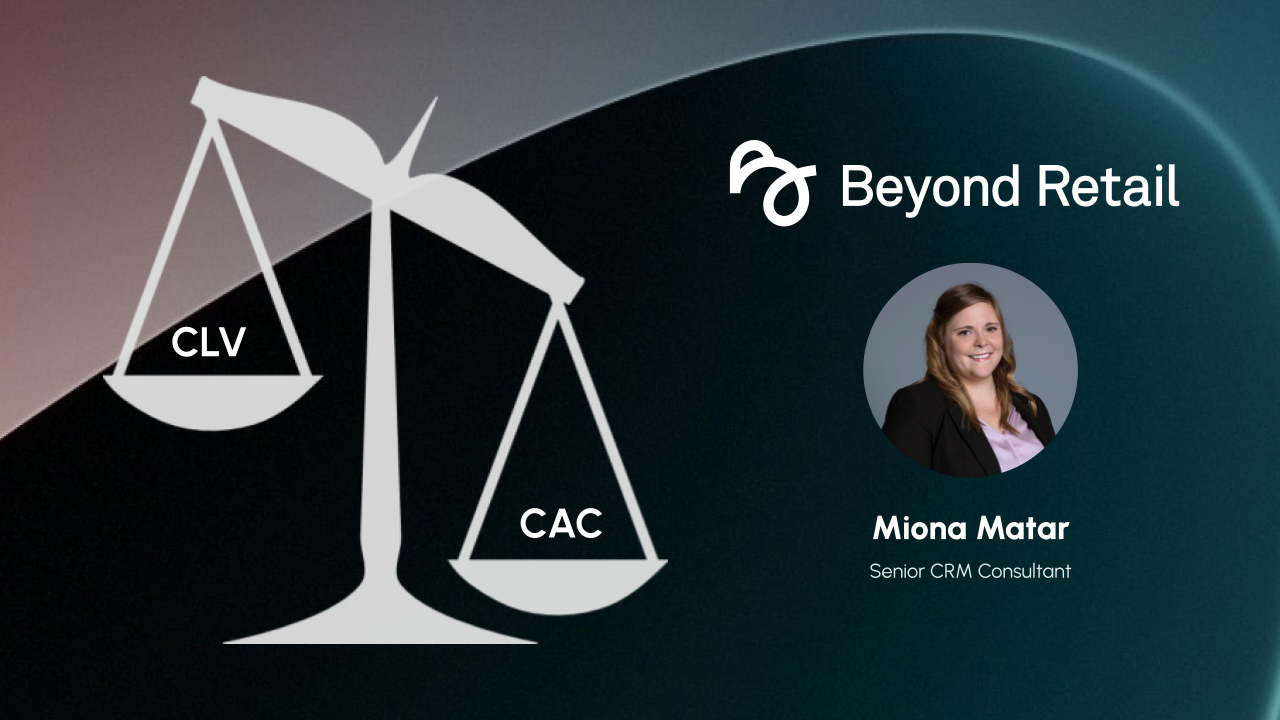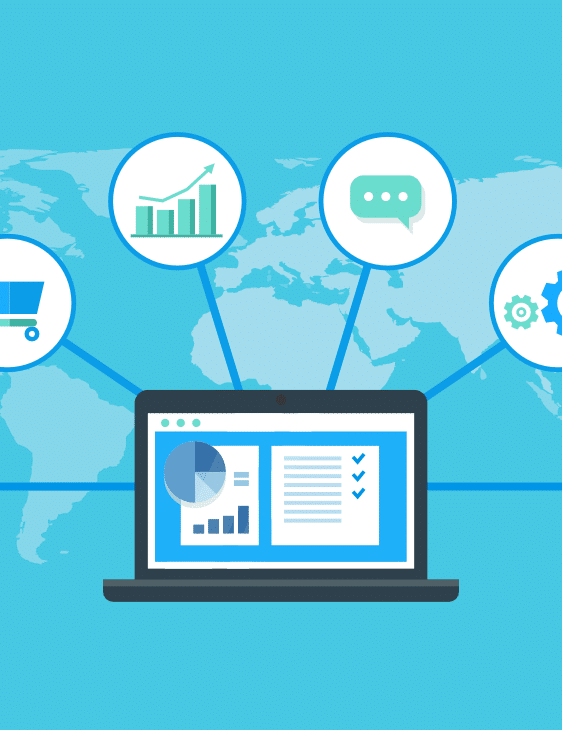As an e-commerce or retail business, it's crucial to understand the financial metrics that drive your success. Two of the most important metrics to track are Customer Acquisition Cost (CAC) and Customer Lifetime Value (CLV). In this article, we'll explore the relationship between CAC and CLV and how to use this understanding to maximize your profits.

Understanding the CLV:CAC Relationship
First, let's define CLV and CAC. CLV is the estimated revenue a customer will generate over their lifetime as a customer. CAC, on the other hand, is the cost of acquiring a single customer, including marketing and sales expenses. To maximize profits, you want your CLV to be greater than your CAC. In other words, you want the revenue generated by each customer to outweigh the cost of acquiring them. This of course depends on the business maturity and market share, but there are some general benchmarks.
Low AOV businesses (less than 500 SEK):
CLV:CAC ratio of 2:1 to 3:1 is generally considered healthy
Medium AOV businesses (500-5 000 SEK):
CLV:CAC ratio of 2:1 to 4:1 is generally considered healthy
High AOV businesses (over 5 000 SEK):
CLV:CAC ratio of 3:1 to 5:1 is generally considered healthy
Increasing Customer Lifetime Value
So, how can you ensure that your CLV is greater than your CAC? The key is to improve customer retention and increase the average order value of each customer. Improving customer retention starts with providing excellent customer service, delivering high-quality products, and creating an emotional connection to the brand. By building a strong relationship with your customers, you can keep them coming back for more, which in turn increases their lifetime value.
Encouraging repeat purchases is crucial for increasing CLV. However, turning one-time buyers into loyal customers can be a challenge. Marketing automation and loyalty initiatives, such as personalized emails, rewards programs, and exclusive offers, can help incentivize customers to return.
By building a strong relationship with your customers, you can keep them coming back for more, which in turn increases their lifetime value.
It's also important to track your CLV and CAC regularly and make changes to your strategy based on the data. Make sure you utilize your zero- and first-party data to segment customers in acquisition channels and to create lookalike audiences.
In conclusion, understanding the relationship between CLV and CAC is crucial for maximizing profits in e-commerce and retail businesses. By focusing on increasing the lifetime value of your customers and regularly tracking your metrics, you can ensure that your business stays on the path to success.
Conclusion: Make Every Customer Count
- Utilize your CRM data to acquire the right customers with the highest likelihood to stay longer with your business.
- Provide excellent customer service and build a strong relationship with your customers to improve retention and increase their lifetime value.
- Regularly track your CAC and CLV metrics and make changes to your strategy based on the data to ensure your business stays on the path to success.
At Beyond Retail, we specialize in helping businesses improve their customer acquisition and retention strategies, optimize their digital marketing efforts, and increase their profits. Our team of experts offers CRM, digital marketing, and e-commerce consulting services to help businesses maximize their CLV & CAC metrics, and increase their revenue. Contact us today to learn more about how we can help your business grow and succeed in the competitive world of e-commerce and retail.












